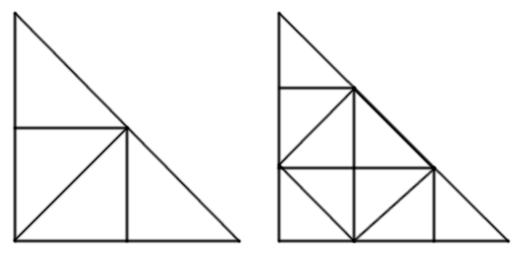The Society of Actuaries holds a regular speculative fiction contest. Here’s an excerpt from “The Temple of Screens,” by Nate Worrell, FSA, MAAA, recognized last year for describing the “most innovative actuarial career of the future”:
‘Ever since humans began to be aware of a future, we’ve wanted to explore it. We’ve cast stones, searched in tea leaves, held the entrails of animals in our hands to try to extract some knowledge of our fate. Some of our stories try to show us that like Oedipus, we can’t change our fate. In other stories, we find an escape, we have the power of choice, at least to some degree. But in either case, knowing our future changes how we act. Now that you’ve seen your possible futures, they are tainted. If you were to go back in, they’d all change, reflecting that you had some knowledge. The algorithm would reallocate a new set of weights to your tendencies, increasing some behaviors and decreasing others.’
A wave of anger flashes through me, and I stand and start pacing. ‘So what’s the use of this?’
‘To help you embrace what’s possible, to come to terms with it. You came here because you were afraid of a certain future, one you hoped to avoid somehow. We can’t fight or flee from the future, whatever one we fall into. But we can find serenity in any of our futures, if we so desire.’








